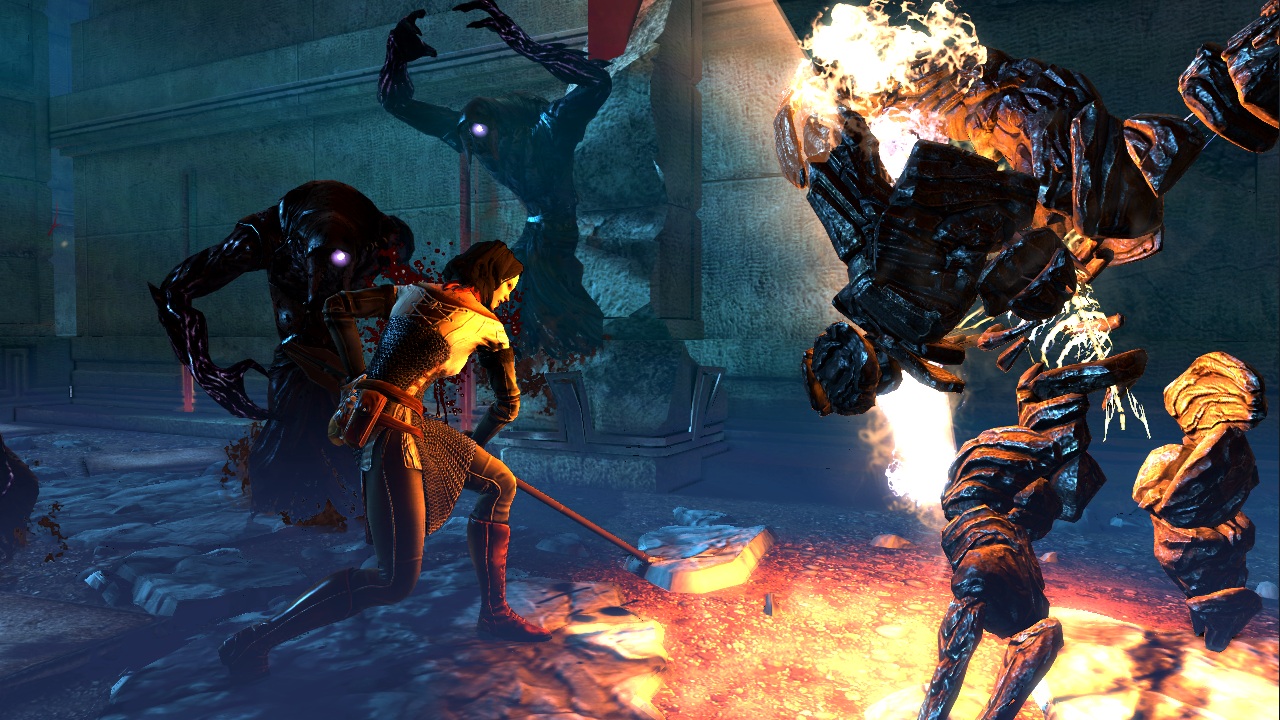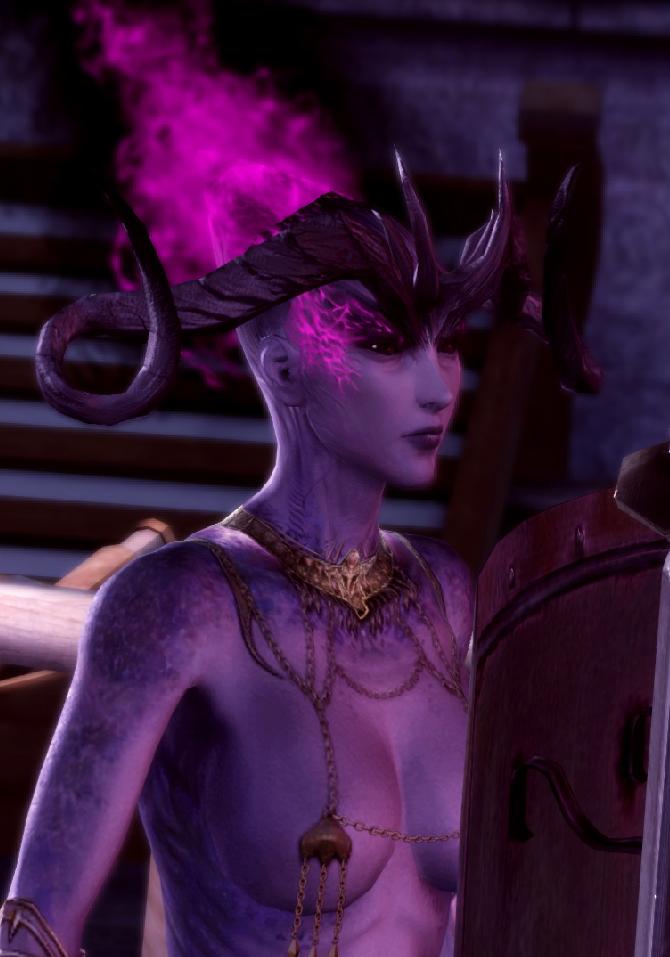


It featured a tighter pace, a framed narrative structure, and had to re-purpose a more limited number of locations in clever ways in order to tell its story. It released a mere year and a half after the original game, and was a radical shift in both scope and design for the studio. It was a quick project, designed to get some more use out of their internal engine and capitalize on the fact that Dragon Age was their best-selling game to date. When fully bundled together, the first Dragon Age is easily one of BioWare’s largest single player games.ĭragon Age II had no such budget or ambition. ( A similar thing happened with Final Fantasy XIII, but that’s a tale for another time). So much material was made for Dragon Age: Origins that some of it was spun-off into a full-length retail standalone expansion called Awakening. Designed originally to push the limits of PC hardware, by the time the game finally came out it merely looked “Good.” The original Dragon Age had the luxury of a six-plus year development cycle, and launched BioWare’s new Eclipse engine. When studios could actually finish a quality game every 18 months or so thanks to the balance between market expectations, budgets, and console power.Īnd it’s also when BioWare released Dragon Age II, an oft-loathed sequel that I think is one of their most enjoyable games.ĭragon Age II was a profound departure from its predecessor, and its quick development schedule meant it had to be.

When every small indie game on the Xbox 360 had a mandatory demo, which lead me to purchase more of them. It was a time when it was okay for mid-budget shooters to exist.


 0 kommentar(er)
0 kommentar(er)
